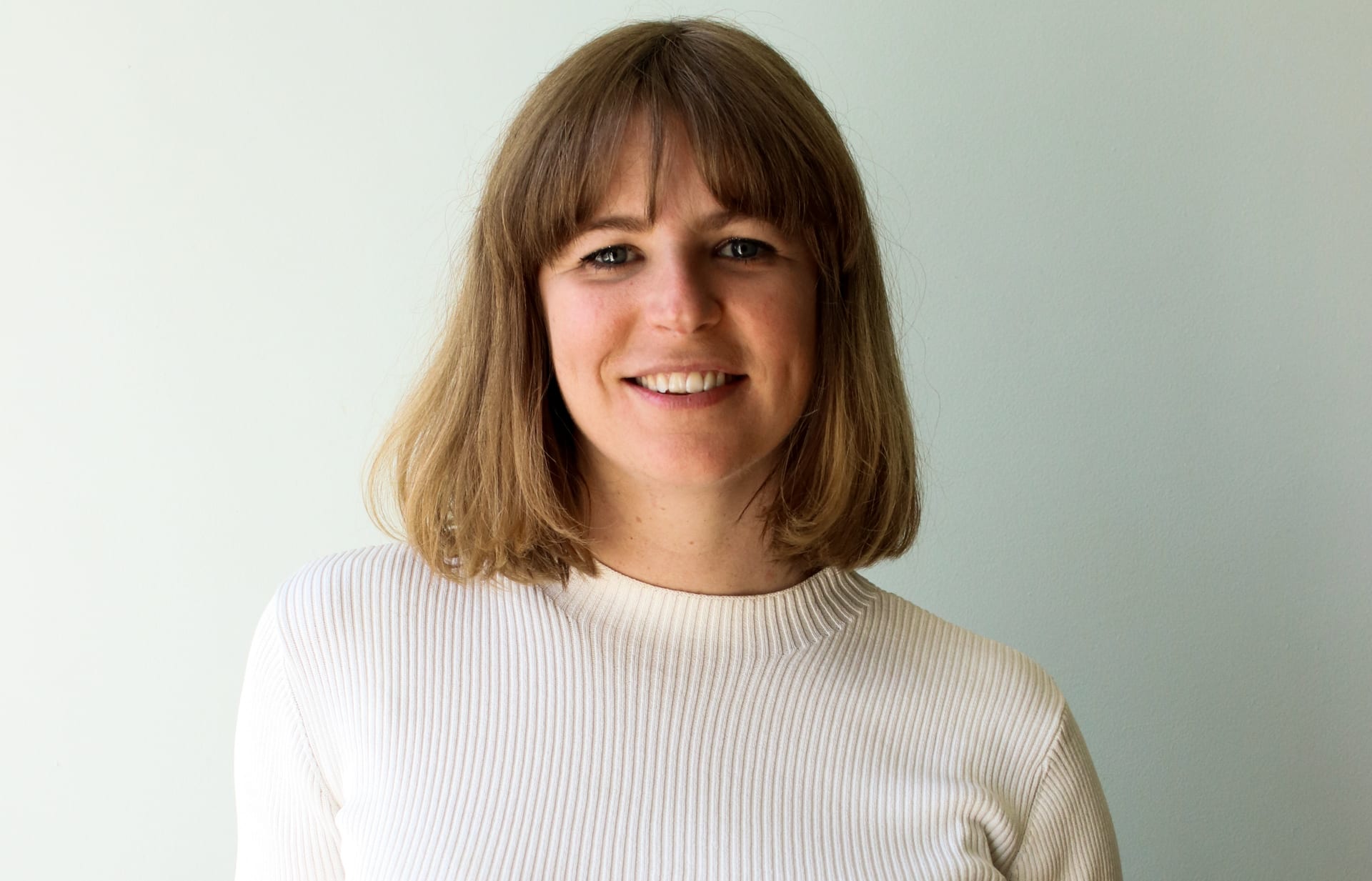Fashion label RUBY has started offering patterns to customers, and general manager Emily Miller-Sharma joins Jesse Mulligan to share her sewing tips.
Last year, the business introduced classes as part of an initiative to connect clientele to their favourite styles.

Emily Miller-Sharma - the General Manager of RUBY Photo: Supplied
She says it was comforting to pick up sewing at a time of unease during lockdown.
"We've had different customers who've been in touch since we launched our patterns, to let us know that one Boxing Day a grandmother, mother and the daughter had set that day aside to sew together or a great aunt teaching a niece how to sew.
"There's something really special about that giving of knowledge, you don't necessarily need to be giving an object, you're just giving your time and expertise to someone you love."
For beginners, Miller-Sharma recommends starting with understanding how to thread the machine and testing out the tension using a sturdy fabric.
"One of my favourite things to do is op shops have really great vintage bed sheets [to test on] ... but also tea towels or sheets that you have in your own home that are a good stable fabric that make it easy to sew.
"Think back to sewing classes for anyone that did them at school - tote bags, pillowcases, board shorts - basically anything that's reasonably simple is a good place to start [to learn]."
Lightweight and heavyweight fabrics will require different thread tensions, she says.
"Usually the best way to check tension ... is if you sew like a fake or test seam on a test piece of fabric and then you pull the seam apart and if you can see the thread grinning, you need to make the tension tighter.
"If the tension is too tight, you'll see that it kind of scrunches up the fabric and that's not what you want either."
It's easier to adjust the top thread tension through a knob that's present on the machine than it is do it via the bobbin thread, she says.
Any sewing machine you have will do - all you really need is an option to stitch straight and in zig zag mode, Miller-Sharma says.
"I can't recommend a specific model but what I would say is that it's really important that you get a sewing machine which is heavy.
"The last thing you want when you're sewing is your machine bouncing around the table because there's a lot of power in the machine ... typically ones that are older are heavier.
"My sewing machine that I have which is now with me at work, is one of my great grandmother's."
If you don't have a machine but still want to give sewing a go, you can try doing it by hand for simpler items like a face mask. (Pattern available for download for free here from RUBY)
Miller-Sharma says the best way to learn is to keep repeating it until it becomes ingrained into you, but if you're stuck or have questions try out community classes, one-on-one sessions or even YouTube for tutorials and how-to guides.
If you're using an overlocker, she recommends setting up the threads with the help of tweezers as they can be fiddly.
"You do need to muck around a little bit with the thread tension as well so I would definitely use some scrap fabric to make sure you're really humming before you use it on your actual fabric."
People who take up the hobby can end up giving up when they do projects that are further advanced than their skills, she says.
"It takes time to learn to sew ... I think it's good to push your limits because that's how you learn but when you're pushing your limits, be gentle with yourself and know that it might not be right the first time but if you do again and again ... you'll eventually get it perfect."
If you're looking for cheap fabric, Miller-Sharma suggests trying op hops or second-hand shops.
"I feel like you can make it work on a tighter budget, sometimes you have to be a little bit nifty."

